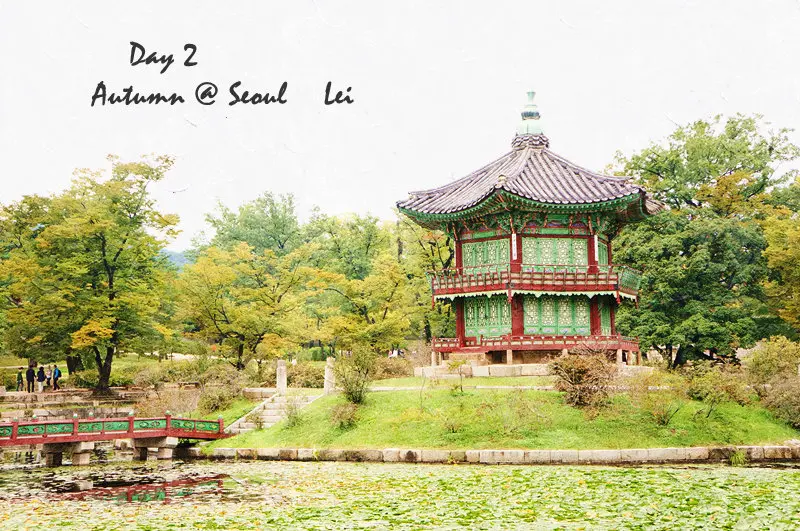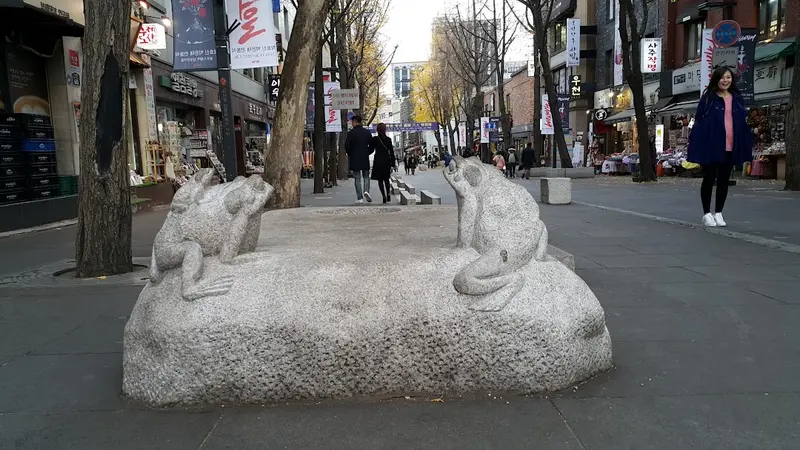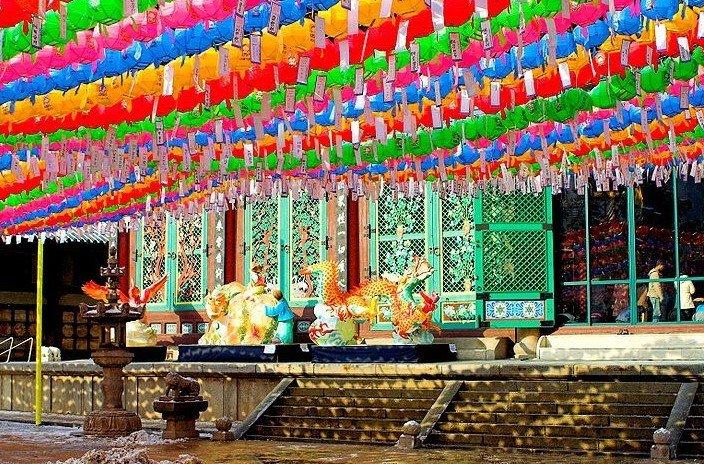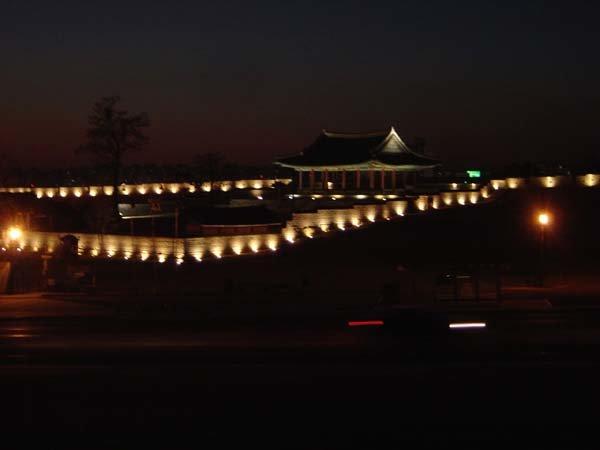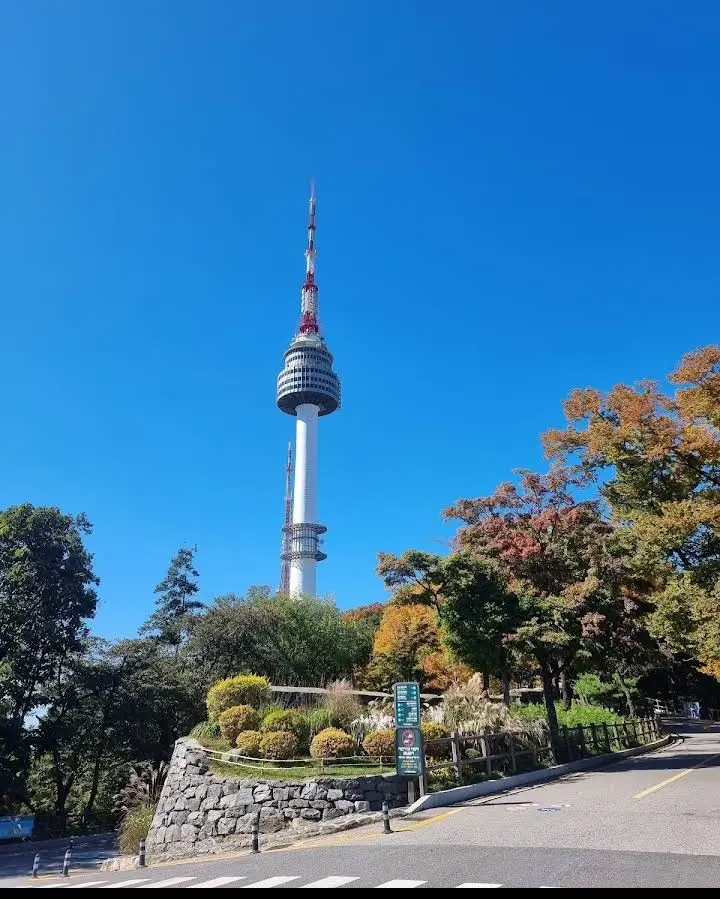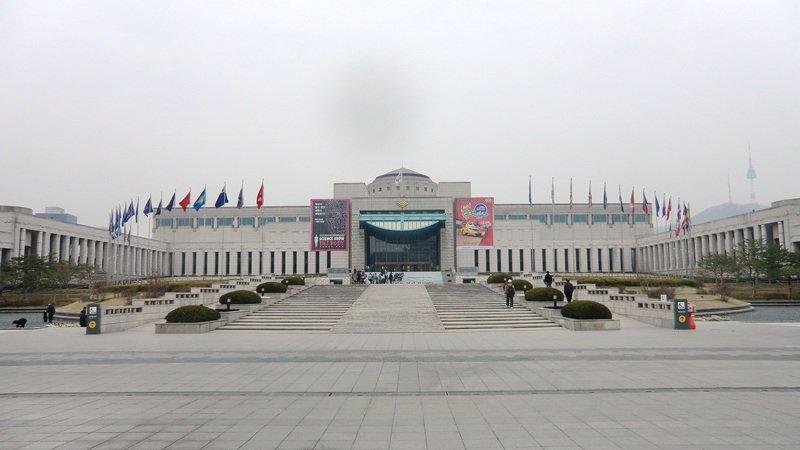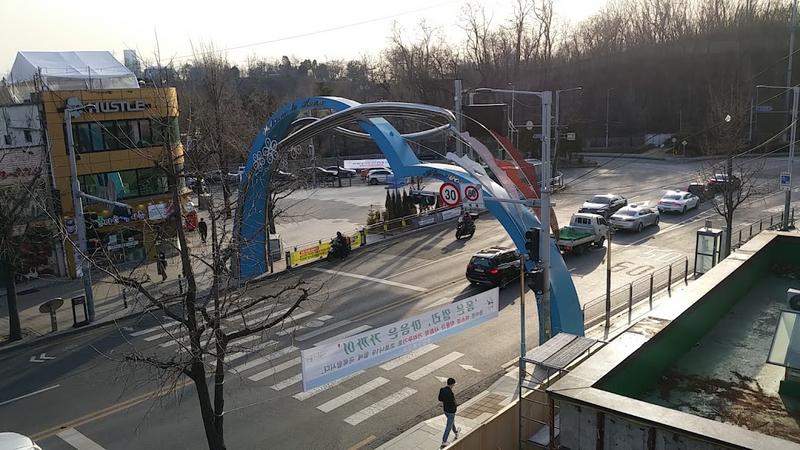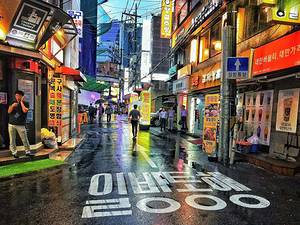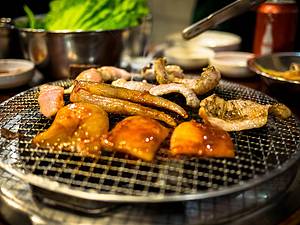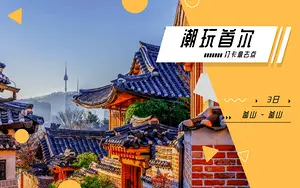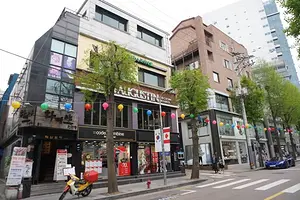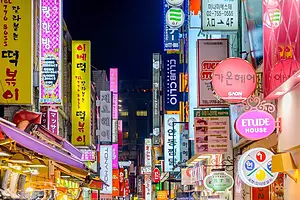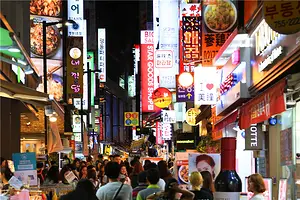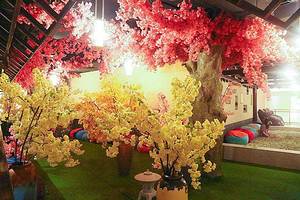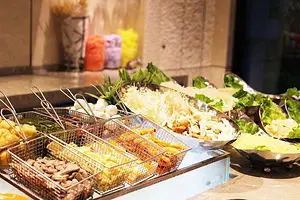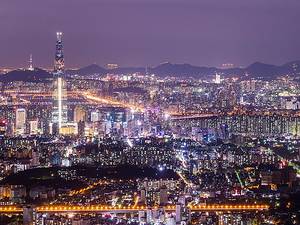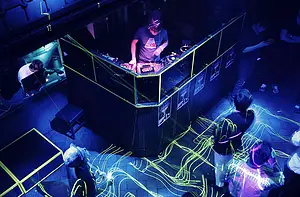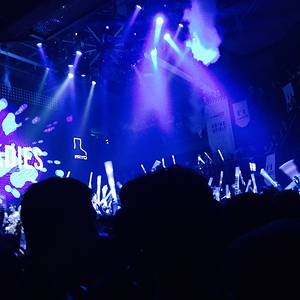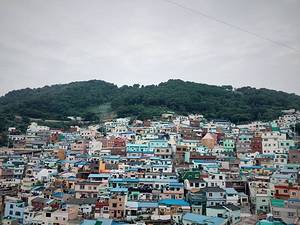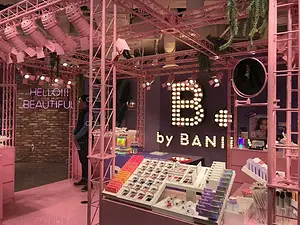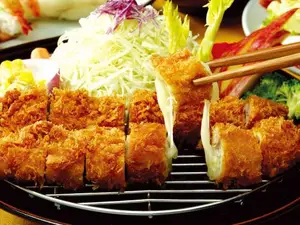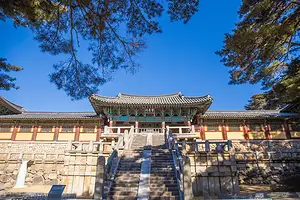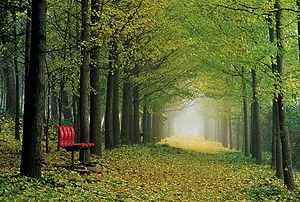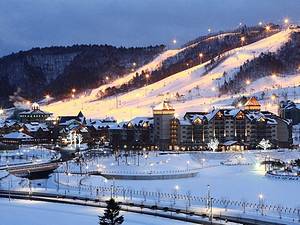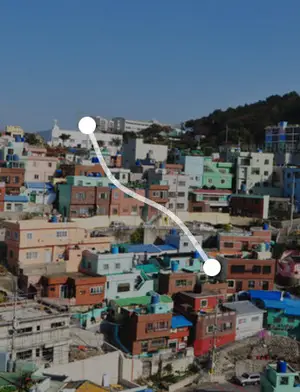Seoul 7-Day Adventure: Palaces, Culture & More
2 cities |
11 attraction(s) |
total distance 80
km
 TIPS
TIPS
Day1
Day2
Day3
Day4
Day5
Day6
Day7
Day1: Seoul
2 attraction(s) ·
1 km
1
Gyeongbokgung Palace is the first palace built in the early days of the Joseon Dynasty, with a history of 600 years. It was once a grand palace and now showcases delicate beauty. Gyeongbokgung Palace is the largest of the Five Grand Palaces and features unique architecture such as Geunjeongjeon Hall and Gyeonghoeru Pavilion. In addition, there are the National Palace Museum and the National Folk Museum where visitors can explore and experience. Gyeongbokgung Palace is open to the public and there is a ticket office at the entrance of Gwanghwamun. Visitors can also watch the Changing of the Guard ceremony and take photos with the guards, immersing themselves in Korean classical culture.
The name Gyeongbokgung means "great blessings and prospering the nation," reflecting the early aspirations of the Joseon Dynasty. It was completed in 1395 and at its peak had over 390 buildings. During the Japanese invasion in the late 16th century, Gyeongbokgung Palace was burned down and remained abandoned for 273 years. It was restored during the reign of King Gojong but suffered significant damage during the Japanese colonial period, with some buildings demolished and replaced by the Government-General Building. After Korea's independence, Gyeongbokgung Palace gradually underwent restoration, with the completion of the restoration project of Gwanghwamun Gate in 2010. There are also guided tours available in Chinese, departing from the inside of the Geunjeongmun Gate at four designated times.
1
km
2
Village dating to the 14th century filled with narrow streets lined with restored traditional homes.
Day2: Seoul
2 attraction(s) ·
1 km
2
Saoxi Temple is a Buddhist temple located in the city center of Seoul. It is the birthplace of the Jogye Order and a major sacred site of Korean Buddhism. The temple was established in 1395 and the current buildings were reconstructed in 1910. The main building of the temple is the Daeungjeon Hall, which enshrines the statue of Shakyamuni Buddha. There is also a precious 500-year-old white pine tree near the hall. Additionally, the temple houses a seven-story stone pagoda that holds a relic of Shakyamuni Buddha presented by the Sri Lankan Dhammapala in 1913. Every year in May, the temple holds the grand Buddhist festival called Yeondeunghoe (Lotus Lantern Festival) to celebrate Buddha's birthday. The temple also offers a "Temple Stay" program for foreign visitors to experience Buddhist culture firsthand.
Day3:
0 attraction(s) ·
0 km
Day4: Seoul
2 attraction(s) ·
3 km
1
Cool hangout known for its neon-lit bars & clubs, murals, fashion stores & street performers.
3
km
Day5: Suwon
1 attraction(s) ·
0 km
1
Hwaseong Fortress in Suwon is a historic city from the Joseon Dynasty, built in honor of King Jeongjo's father. The second son of Crown Prince Sado, who was unable to ascend to the throne due to political strife, chose to end his own life in a rice chest. Suwon's Hwaseong Fortress was built in order to relocate the King's remains and the city was moved and rebuilt at the base of Mt. Paldalsan. Hwaseong Fortress was recognized as a World Heritage Site by UNESCO in December of 1997. The fortress wall of Hwaseong Fortress is approximately 5.52 kilometers long and is more practical for military use compared to other cities. The fortress wall consists of a female wall with many shooting holes, which both protect the fortress and attack and observe enemies. The fortress has four city gates in the east, west, south and north directions. The Changan Gate is the north gate, the Paldalmun Gate is the south gate, the Dongmun Gate is the east gate, and the Hwaseomun Gate is the west gate.
Day6: Seoul
2 attraction(s) ·
3 km
1
DDP is a design plaza that combines traditional historical architecture with cutting-edge modern technology. It covers an area of 62,692 square meters, with a building area of 25,104 square meters and a total area of 86,574 square meters, consisting of 3 underground floors and 4 above-ground floors. In addition to Seoul City Wall and Two-Block Gate (265m² 8,030 square meters), the park also includes buildings such as Dongdaemun History Museum, Dongdaemun Relics Exhibition Ground, Dongdaemun Sports Memorial Hall, event halls, and design galleries. DDP offers various exhibitions and activities such as Seoul Architecture Culture Festival, BANWOOJUNG Show, Hera Seoul Fashion Week, Farmers' Market, etc. Visitors can participate in on-site or group tours, or freely explore using the free audio guide, or participate in children's programs such as design playground and regular workshops. The main facilities of DDP include Art Center, Cultural Center, Design Center, Dongdaemun History Culture Park, and Harmony Square. The Design Market is a multi-purpose market that offers cultural products, experiential activities, and shop-in-shop services, aiming to enhance the vitality of the surrounding commercial area.
3
km
2
Opened in 1980, this iconic tower offers panoramic views of the city & a revolving restaurant.
Day7: Seoul
2 attraction(s) ·
2 km
1
This exhibition introduces the military history of the Korean Peninsula starting from the Three Kingdoms era, with a focus on the Korean War, as well as subsequent important battles like the Vietnam War and the Battle of Yeonpyeong Island. The exhibition provides detailed information, including Chinese explanations and multimedia interactive projects, allowing visitors to gain a deeper understanding of history. In addition, outside the exhibition hall, various powerful weapons are displayed, including the third-generation PKM gunboat HuTouHaiDiao No. 357.
2
km
